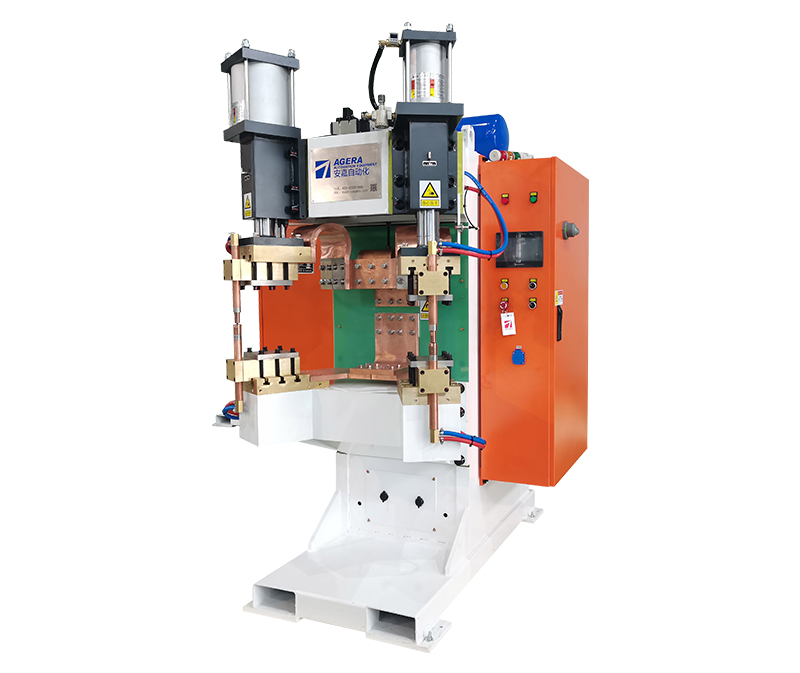Bubbles within weld points in nut spot welding can be a common issue that affects the quality and integrity of the weld. These bubbles, also known as porosity, can weaken the weld and compromise its performance. In this article, we will explore the primary reasons behind the formation of bubbles in nut spot welding and discuss potential solutions to mitigate this problem.
- Contaminants: The presence of contaminants such as oil, rust, or any foreign material on the surfaces being welded can lead to the formation of bubbles. These contaminants can vaporize during the welding process, creating voids within the weld.
- Inadequate Surface Preparation: Insufficient cleaning or preparation of the surfaces to be welded can result in poor weld quality. Proper cleaning and the removal of oxide layers are essential to achieving strong and reliable welds.
- Gas Trapped in the Threaded Hole: When welding nuts, the threaded hole can sometimes trap gas or air. This trapped gas is released during welding and can create bubbles within the weld point. Ensuring that the threaded hole is clean and free from any obstructions is crucial.
- Inadequate Shielding Gas: The type and flow rate of shielding gas play a significant role in the welding process. Inadequate shielding gas can allow atmospheric gases to infiltrate the weld zone, leading to porosity.
- Welding Parameters: Using improper welding parameters, such as excessive heat or a too-high welding current, can result in the formation of bubbles. These parameters can cause the metal to overheat and vaporize, leading to porosity.
Solutions:
- Thorough Cleaning: Ensure that the surfaces to be welded are thoroughly cleaned and free from contaminants. This can include using solvents, wire brushing, or other cleaning methods.
- Proper Shielding Gas: Select the appropriate shielding gas for the material being welded and ensure the flow rate is adjusted correctly to maintain a protective atmosphere.
- Optimized Welding Parameters: Adjust the welding parameters to match the specific material and thickness being welded. This includes the welding current, voltage, and travel speed.
- Gas Venting: Implement methods to allow trapped gas in threaded holes to escape before welding, such as preheating or purging.
- Regular Maintenance: Periodically inspect and maintain the welding equipment to ensure it is functioning correctly and that there are no leaks or issues that could lead to porosity.
In conclusion, the presence of bubbles or porosity in nut spot welding can be attributed to various factors, including contaminants, inadequate surface preparation, gas trapped in threaded holes, inadequate shielding gas, and improper welding parameters. By addressing these issues through proper cleaning, suitable shielding gas, optimized welding parameters, gas venting, and regular maintenance, weld quality can be greatly improved, resulting in stronger and more reliable connections.
Post time: Oct-20-2023








